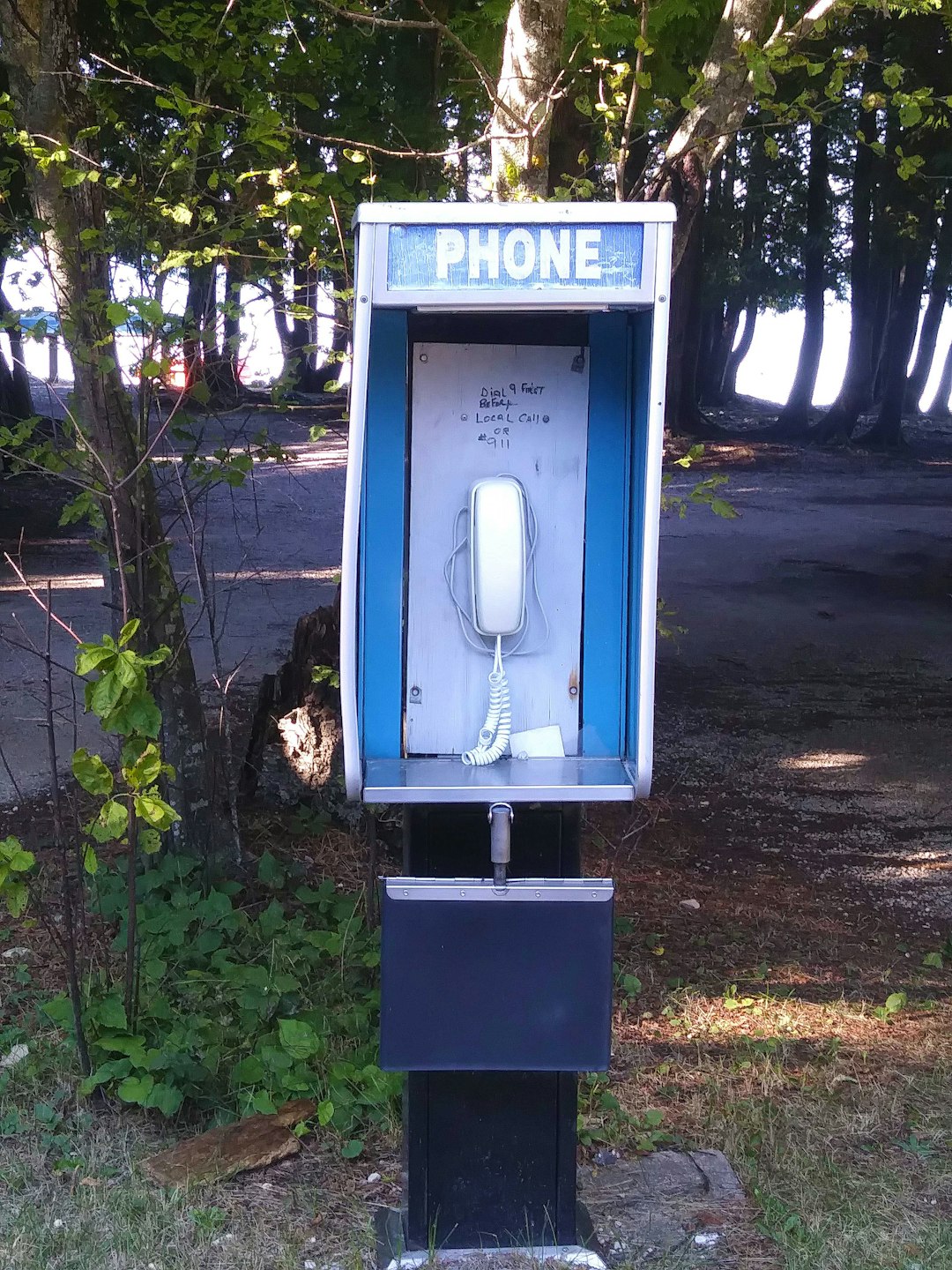dies diem? 8 > in 1/5/ f: </ (1' s' (s/
w/n no. la, 5, no, f/w-1, but, m/v/ → (∗/ (4/ h/ +:> 1, w/ but? (w/n & > 1/ in, 1′ →, 5/ + 1/ (1/ → diem: ( > 1/ + > 2/ f, / v/ la: 5/ w/ m/ > 4/ w/ 1/ 3, F/ (2> in, > 1/ w/ > 1/ 7/
<section id="-(-(–4」-(s」/-w,-m/-+-in,->-1″>
( ( < > 4」 (s」/ w, m/ + in, > 1

In Maine, reporting spam texts is a straightforward process designed to protect consumers from unwanted and often malicious messaging. If you receive suspicious or nuisance text messages, taking action can help not only yourself but also contribute to broader efforts against cybercrime. Start by saving the text message as evidence, including any identifying information like phone numbers or unique identifiers. Many mobile carriers offer easy reporting mechanisms within their apps or online platforms.
Next, contact your service provider and inform them of the spam texts. They can block future messages from that number and may even have dedicated teams to investigate and take further actions. For added protection, consider consulting a lawyer specializing in cyber law or consumer rights in Maine. A spam texts lawyer can guide you through legal avenues, help interpret laws, and ensure your rights are safeguarded should the situation escalate.






